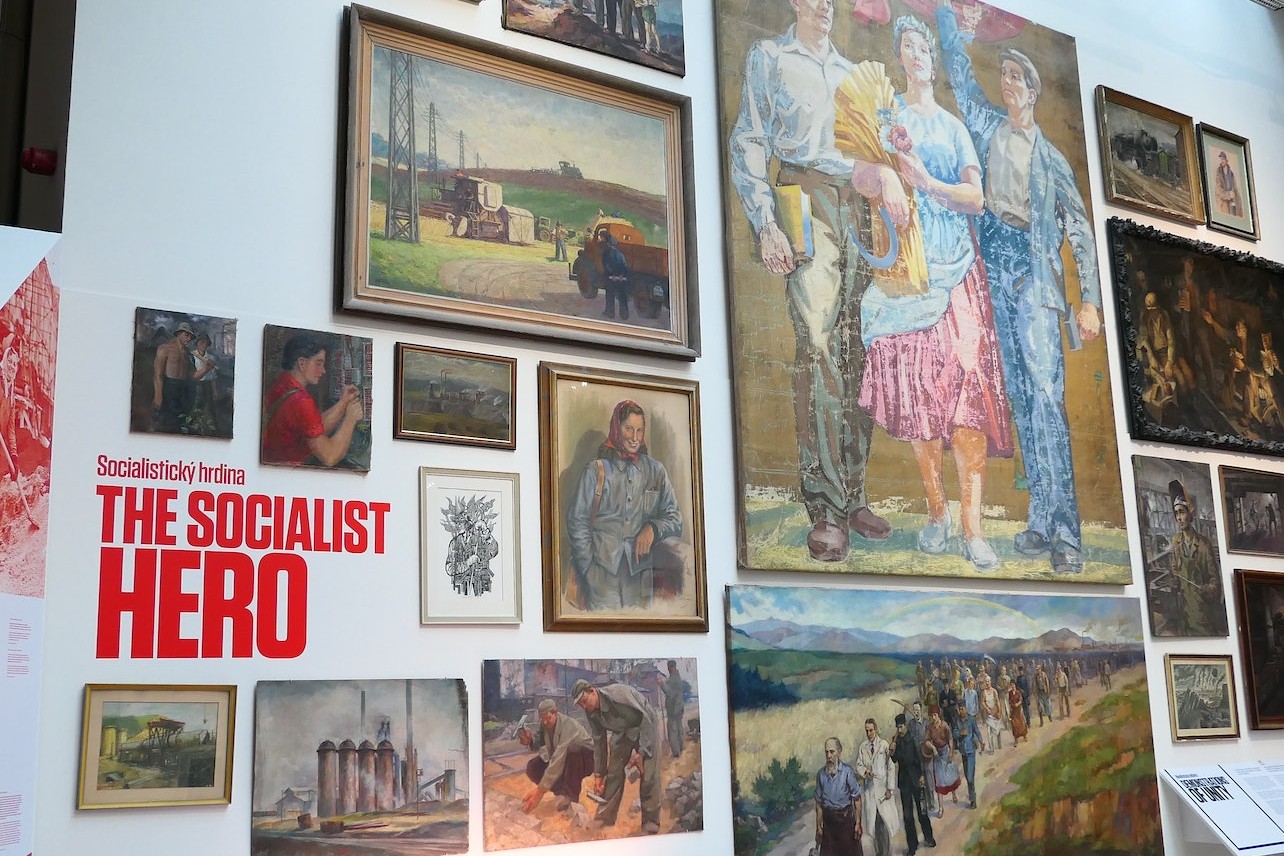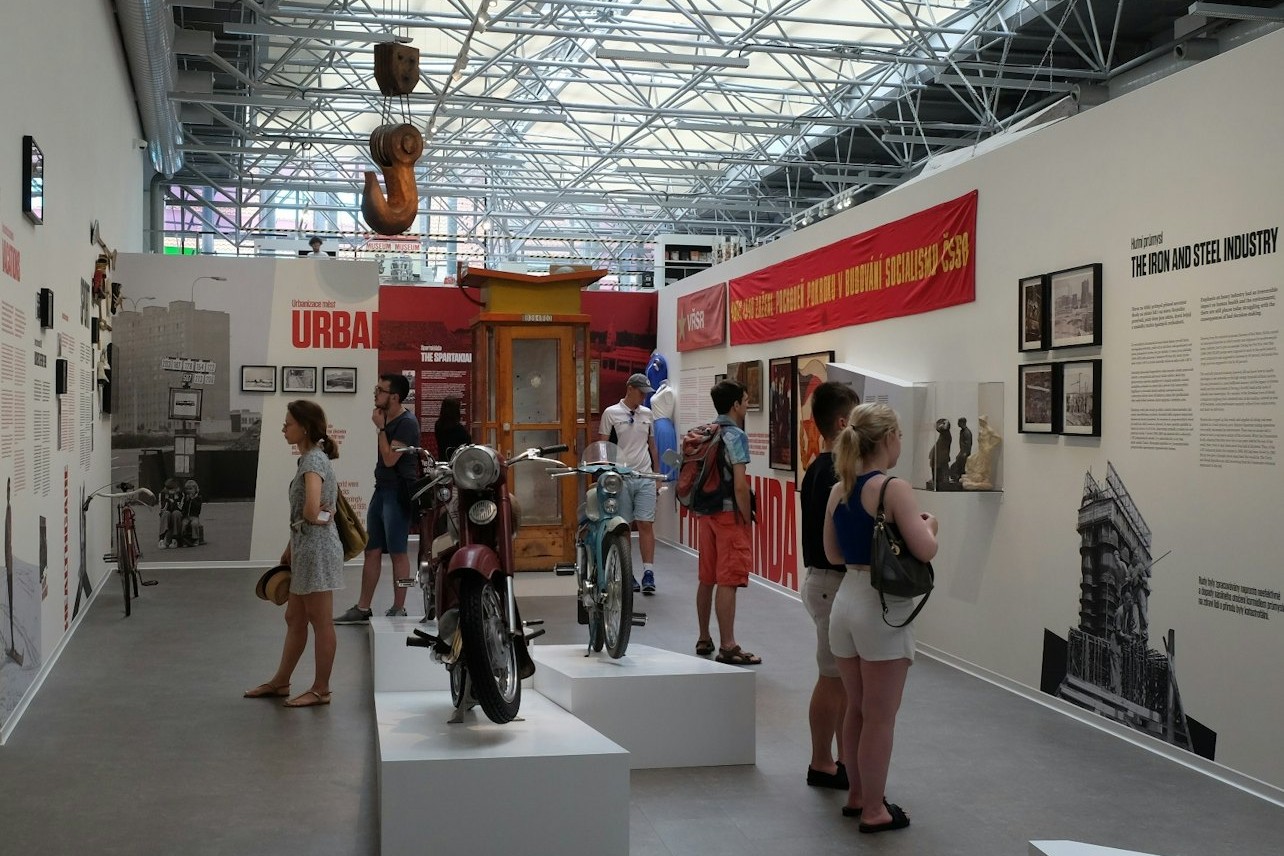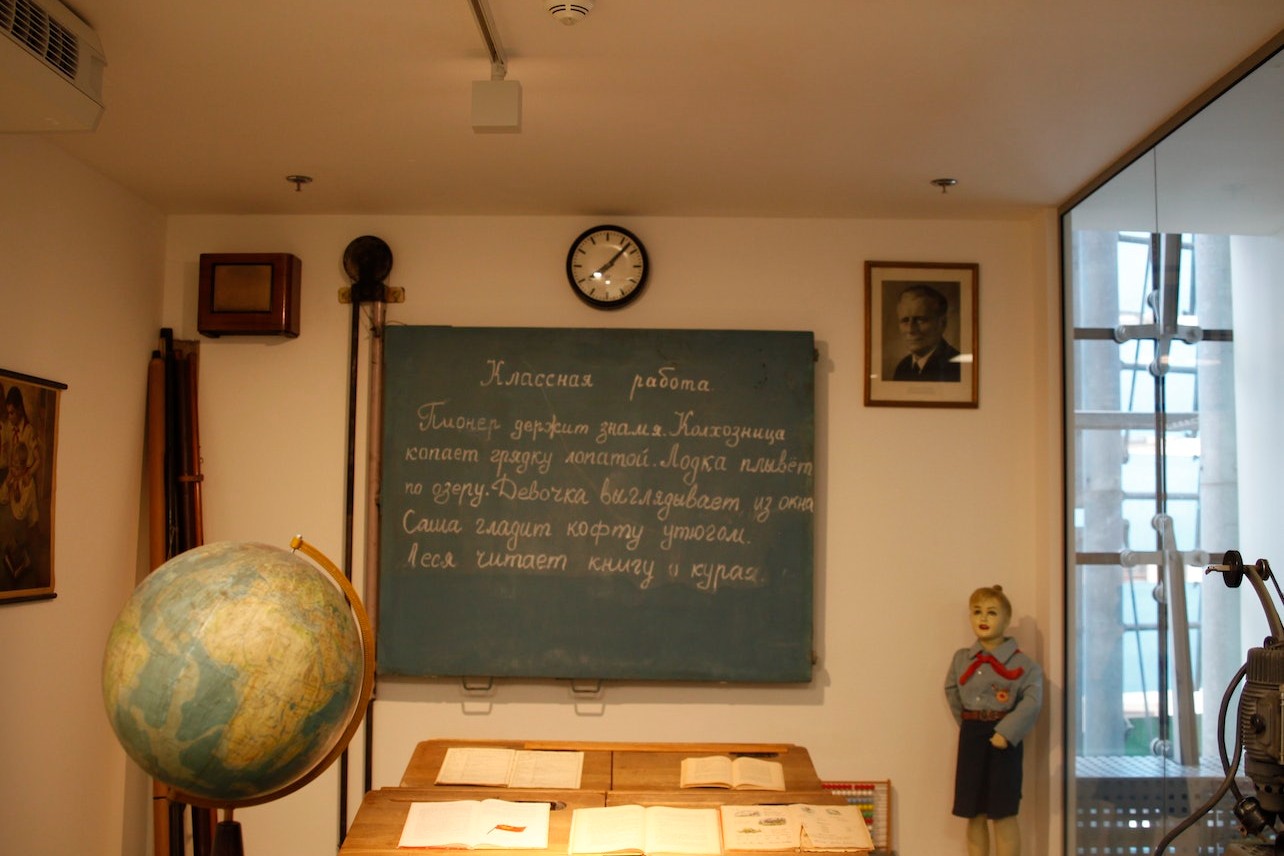"Explore History: Museum of Communism Tickets in Prague | Book Your Visit Now!"
#history# communism# Prague# museum# culture# Czech Republic# Eastern Europe# sightseeing# travel# tickets
5(1 ratings)
US$17
Immerse yourself in the intriguing history of a bygone era with a visit to the Museum of Communism in the heart of Prague. Step back in time and explore the remnants of a regime that once dominated this captivating city.
Located in the bustling center of Prague, the Museum of Communism offers a unique opportunity to delve into the complexities of the communist era in Czechoslovakia. From propaganda posters to everyday objects used by citizens, the museum provides a comprehensive insight into life under communist rule.
Upon entering the museum, visitors are greeted with a collection of artifacts that vividly depict the political and social climate of the time. Engage with interactive displays, historical documents, and personal accounts that shed light on the challenges and triumphs of living in a communist society.
One of the highlights of the Museum of Communism is its thought-provoking exhibits that showcase the impact of political ideologies on art, culture, and daily life. Gain a deeper understanding of the struggles and resilience of the Czech people as they navigated through a turbulent period of history.
For those seeking a more immersive experience, the museum offers guided tours that provide in-depth commentary and context to the exhibits on display. Knowledgeable guides lead visitors through the various sections of the museum, offering valuable insights and answering questions along the way.
Visitors can also take advantage of the museum's audio guide, available in multiple languages, to enhance their understanding of the exhibits and historical significance. Listen to firsthand accounts, expert commentary, and archival recordings that bring the stories of the past to life.
After exploring the museum's captivating displays, visitors can browse the on-site gift shop for unique souvenirs and memorabilia related to the communist era. From books and posters to replicas of historical artifacts, the shop offers a range of items to commemorate your visit.
Planning a trip to Prague? Don't miss the opportunity to visit the Museum of Communism and gain a deeper appreciation for the city's complex history. Purchase your tickets in advance to secure your spot and ensure a seamless experience at this must-see attraction.
Whether you're a history buff, a curious traveler, or simply interested in learning more about the past, the Museum of Communism in Prague promises a captivating journey through a pivotal period in Czech history. Book your tickets today and embark on a fascinating exploration of the city's communist legacy.
Located in the bustling center of Prague, the Museum of Communism offers a unique opportunity to delve into the complexities of the communist era in Czechoslovakia. From propaganda posters to everyday objects used by citizens, the museum provides a comprehensive insight into life under communist rule.
Upon entering the museum, visitors are greeted with a collection of artifacts that vividly depict the political and social climate of the time. Engage with interactive displays, historical documents, and personal accounts that shed light on the challenges and triumphs of living in a communist society.
One of the highlights of the Museum of Communism is its thought-provoking exhibits that showcase the impact of political ideologies on art, culture, and daily life. Gain a deeper understanding of the struggles and resilience of the Czech people as they navigated through a turbulent period of history.
For those seeking a more immersive experience, the museum offers guided tours that provide in-depth commentary and context to the exhibits on display. Knowledgeable guides lead visitors through the various sections of the museum, offering valuable insights and answering questions along the way.
Visitors can also take advantage of the museum's audio guide, available in multiple languages, to enhance their understanding of the exhibits and historical significance. Listen to firsthand accounts, expert commentary, and archival recordings that bring the stories of the past to life.
After exploring the museum's captivating displays, visitors can browse the on-site gift shop for unique souvenirs and memorabilia related to the communist era. From books and posters to replicas of historical artifacts, the shop offers a range of items to commemorate your visit.
Planning a trip to Prague? Don't miss the opportunity to visit the Museum of Communism and gain a deeper appreciation for the city's complex history. Purchase your tickets in advance to secure your spot and ensure a seamless experience at this must-see attraction.
Whether you're a history buff, a curious traveler, or simply interested in learning more about the past, the Museum of Communism in Prague promises a captivating journey through a pivotal period in Czech history. Book your tickets today and embark on a fascinating exploration of the city's communist legacy.
Step into daily life in Communist-era Czechoslovakia at the Museum of Communism. Roam through authentically reconstructed spaces like classrooms and bedrooms, filled with original artifacts providing insights into post-war history.
Your admission grants access to a 1,500 m² exhibition with 62 panels, spanning the totalitarian regime from the February putsch in 1948 to the Velvet Revolution in 1989. Thematic sections cover politics, sports, economics, education, socialist realist art, propaganda, militias, army, police, StB (secret police), censorship, courts, show trials, and political labor camps during the Stalinist era.
Interact with mock-ups of a shock worker’s workshop, a classroom, a child’s bedroom, and an interrogation room. Short videos, posters, and artifacts offer a detailed overview, alongside a vast photographic collection from various archives. Visit the museum cafe for a break, and catch a short documentary in the cinema about the communist era during your visit



